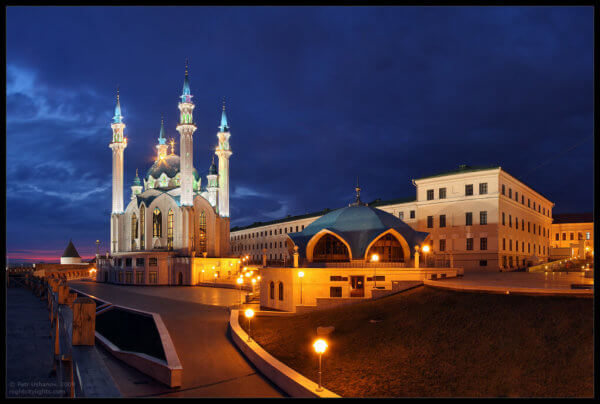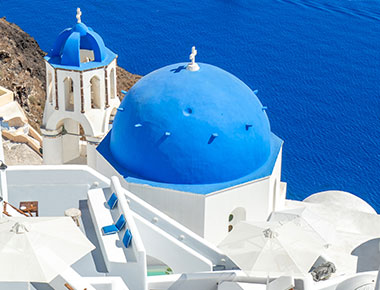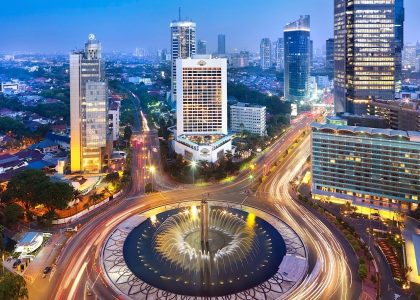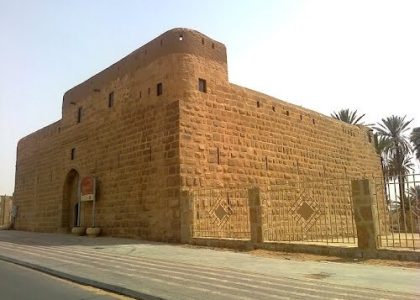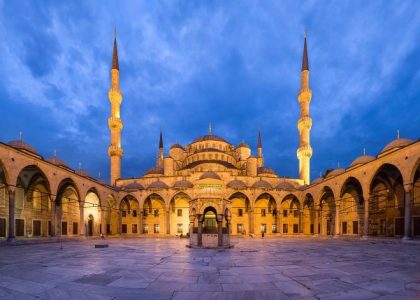Kazan the capital and largest city of the republic of Tatarstan in Russia, has a rich and diverse history that spans over a thousand year.
Early History:
Kazan’s history dates back to ancient times, with evidence of human settlement in the area as early as the 6th century. The Volga Bulgars, a Turkic people, established the city in the 10th century as a trade and cultural center. In the 13th century, Mongol forces led by Batu Khan, a grandson of Genghis Khan, invaded the region and incorporated it into the Golden Horde, the western part of the Mongol Empire.
The Mongol Period:
Under Mongol rule, Kazan developed as a significant trade and administrative center. However, tensions arose between the Mongol rulers and the local population. In the 14th century, the Volga Bulgars, led by Khan Tokhtamysh, rebelled against Mongol rule, resulting in the temporary independence of the Kazan Khanate.
The Kazan Khanate:
In 1438, Kazan became the capital of the independent Kazan Khanate. The Khanate experienced cultural and economic growth, becoming a melting pot of Turkic, Finno-Ugric, and Slavic cultures. The city prospered as a center for trade, craftsmanship, and religious tolerance, with Islam as the predominant religion.
Russian Conquest:
The 16th century marked a turbulent period for Kazan as Russia sought to expand its influence. Ivan the Terrible launched a series of military campaigns against the Kazan Khanate, culminating in the Siege of Kazan in 1552. Under the command of Tsar Ivan IV, Russian forces captured the city, marking the end of the Kazan Khanate.
Incorporation into Russia:
Kazan’s incorporation into the Tsardom of Russia led to significant changes. The city became a regional administrative and cultural center. The Kremlin, originally built by the Bulgars, was expanded and repurposed. The Russian Orthodox Church gained prominence, and churches were constructed within the city.
Cultural Fusion:
Over the centuries, Kazan evolved into a unique cultural and religious center, showcasing a blend of Islamic and Orthodox influences. The Kazan Kremlin became a symbol of this cultural fusion, housing both the Kul Sharif Mosque and the Annunciation Cathedral.
Soviet Era:
The 20th century brought further transformation to Kazan during the Soviet era. The city underwent industrialization, and educational and research institutions were established. Despite periods of political repression, Kazan continued to develop as an economic and educational hub in the Volga region.
Post-Soviet Period:
With the dissolution of the Soviet Union in 1991, Kazan became the capital of the Republic of Tatarstan within the Russian Federation. The city experienced economic growth, infrastructure development, and a renewed focus on preserving its cultural heritage.
Modern Kazan:
In the 21st century, Kazan has continued to thrive as a dynamic metropolis. It hosted the 2013 Summer Universiade, showcasing its modern infrastructure and hospitality. The city has become a major center for sports, education, and technology, while still embracing its rich historical and cultural legacy.
In conclusion, Kazan’s history is a tapestry woven with threads of ancient civilizations, Mongol rule, the Kazan Khanate, Russian conquest, and modern development. The city stands as a testament to the resilience of its diverse cultural heritage and its ability to adapt and flourish throughout the centuries.


